The first request-stop kiosk on the Far North Line will go on trial at Scotscalder station from Monday.
The kiosk at Scotscalder, the first of eight that will be rolled out across the Highland route, will allow passengers to access the next planned service electronically.
It brings to an end the practice of hand-signaling the driver to stop the train.
If the trial goes to plan, the other stops that will get a kiosk are Altnabreac, Kinbrace, Kildonan, Dunrobin Castle, Rogart, Invershin and Culrain.
Radio communications equipment has been upgraded at Kildonan, Muir of Ord, Invergordon and Wick.
Passengers numbers are among the lowest in the UK
The installation is part of a £5million package of investment in the line’s radio signalling system, with stations on the Far North Line benefiting from the addition of the request-stop kiosks on platforms.
Subject to the trial being successful at Scotscalder, the new system will be rolled-out over the coming months.
Due to their geographical remoteness, passengers at these stations is amongst the lowest in the UK and consequently they operate on a request to stop basis.
The new kiosks allow passengers to request an approaching train to stop at the station using a radio system to send a message to the driver’s cab requesting the train stop.
Passengers onboard wishing to leave the train at Scotscalder will continue to speak to the guard or conductor as they do at the moment.
Cara Healy, Network Rail’s development manager for the work on the Far North Line, said: “This new system will make it easier to use some of the most remote stations on our network and hopefully help encourage more people to travel into the Highlands to walk, climb, cycle and sightsee.”
‘Positive step for the route’
David Simpson, ScotRail service delivery director, said: “Enabling the driver to be alerted in advance to the need to stop in the station, rather than being reliant on hand-signalling, delivers a safer and more reliable system, and means that trains don’t need to slow down at stations where there are no passengers waiting.
“This will improve performance and it’s a really positive step for the operation of the route.”
If anyone has any questions or concerns in relation to the project, they can call our 24-hr helpline on 03457 11 41 41 or visit the Far North Line page on the Scotland’s Railway website.
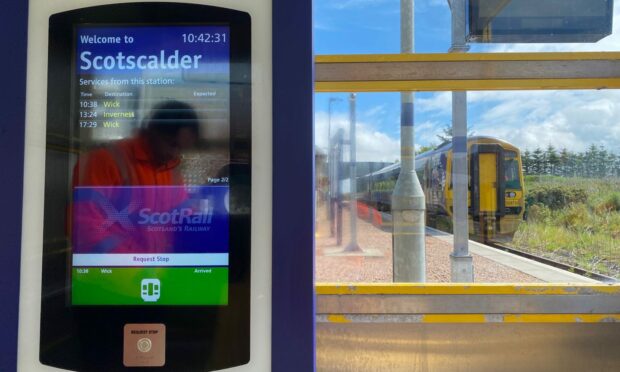
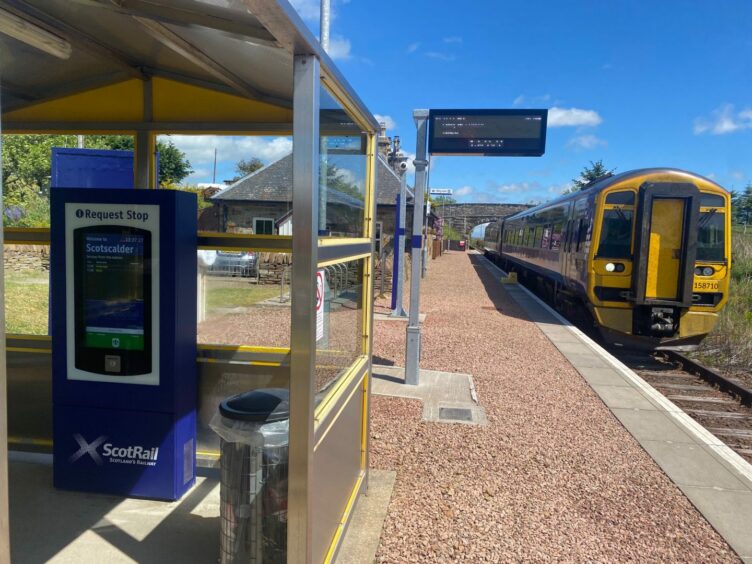
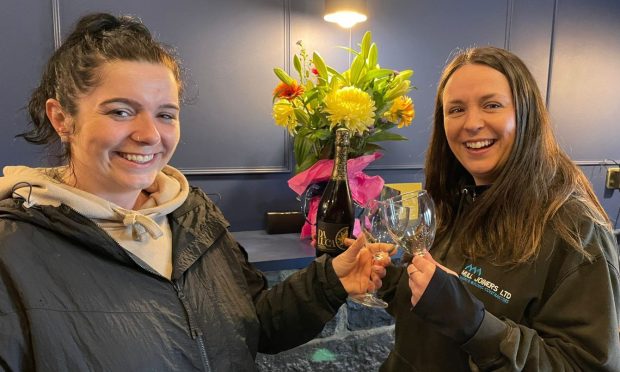
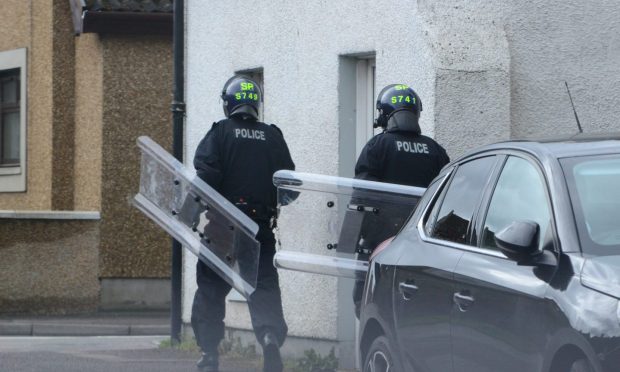
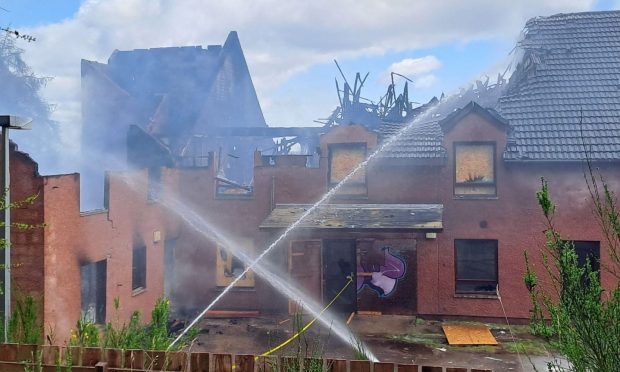
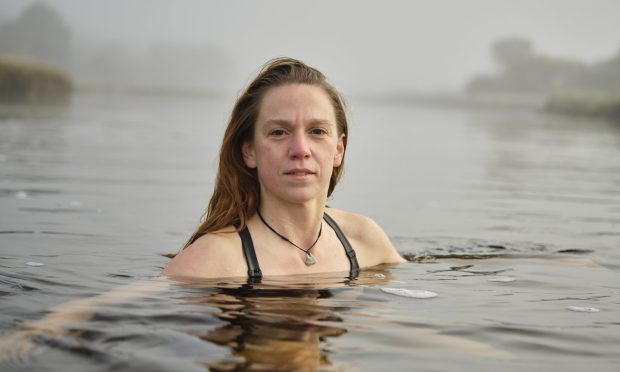

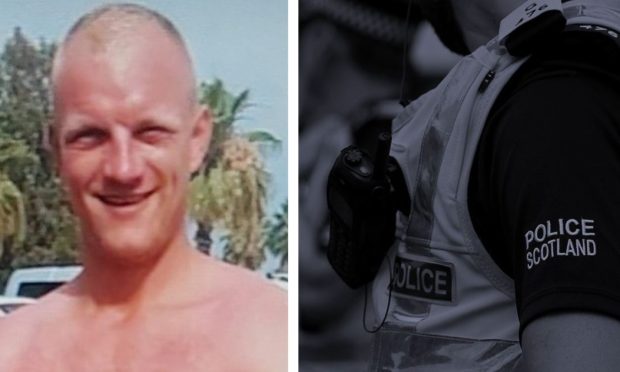
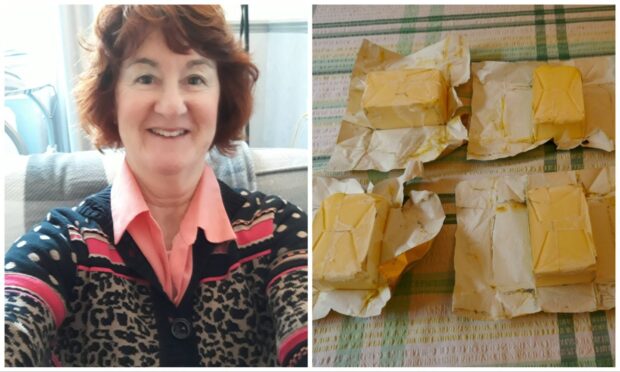
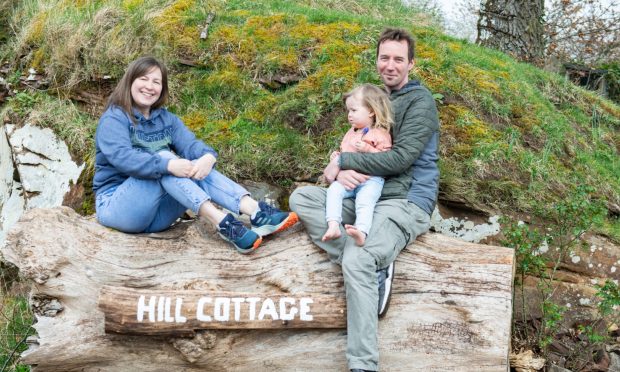
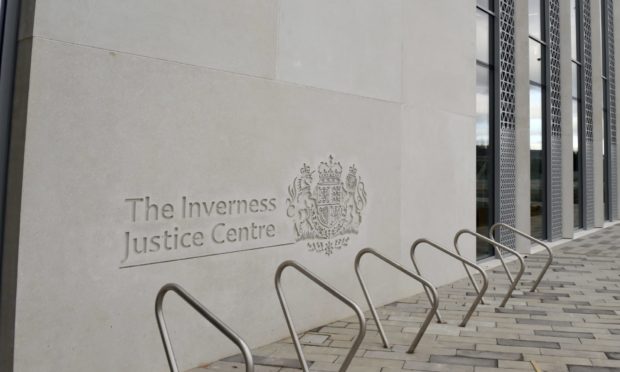
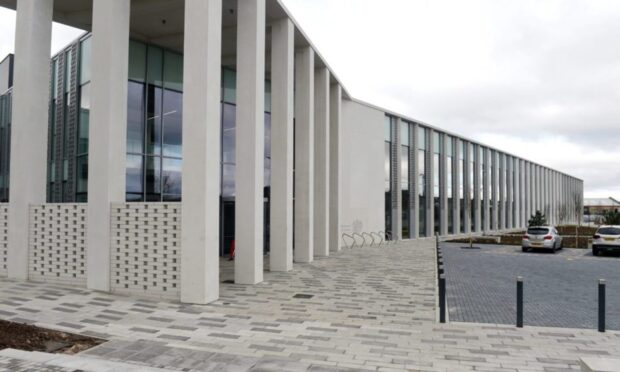
Conversation